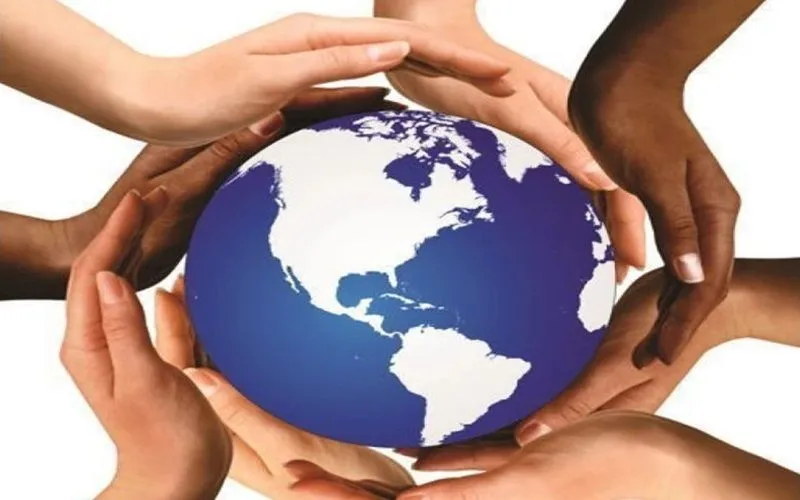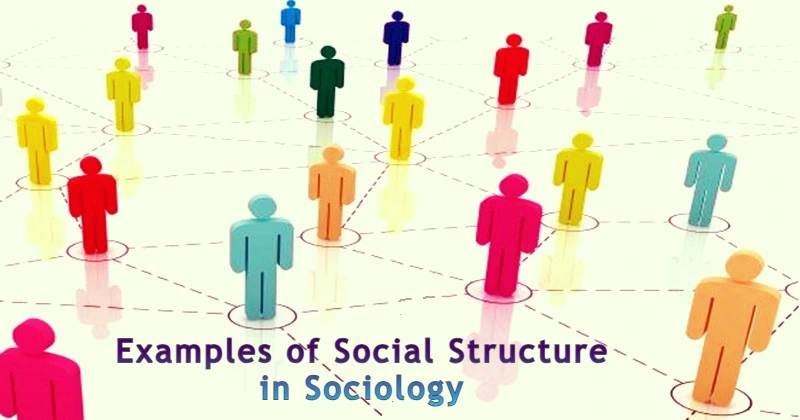Globalization has several dimensions: social, political, cultural, ecological, economic, technological, with ideological aspects of each category. In this blog, we will explore the social dimension of globalization in India and abroad.
Social Dimensions of Globalization in India and Abroad

Social Dimension of Globalization
Globalization is primarily an economic process of interaction and integration that transforms the world into a more complex and interconnected social and cultural entity, leading to a self-sufficient and multifaceted global society.
Although there are several dimensions of globalization, such as the political, economic and cultural dimensions, as well as the social dimension, these dimensions are closely related to each other. Perhaps this in its general meaning is considered positive, but the citizens aim to give priority to the interests of countries and stimulate the circulation of global trade without restrictions.
The social dimensions of globalization include different aspects of societal change, affecting different aspects of societies and shaping the ways in which individuals, communities and nations interact and respond to global challenges and opportunities.
The social dimensions of globalization include the effects of globalization on the social changes within societies, the labour markets or job markets, working conditions, income and social protection and the economic dimension of globalization.
In order to properly understand the social dimensions of globalization, there are several key issues that we need to examine fully, including:
- The impact of globalization on foreign direct investment and its relationship to the goal of creating job opportunities for all.
- The impact of international trade and investment on employment and poverty reduction.
- The relationship between regulation of international financial markets and social stability;
- The performance and structure of international trade and economic, monetary and financial systems in light of their impact on work and employment.
Social movement activists work together through international social globalization to spread awareness of social problems and urge the adoption of international agreements. The development of international communications infrastructure and the rapid expansion of communications technologies enhance global interaction and communication.
Globalization affects the human development index. According to the United Nations Development Programme, the Human Development Index is a summary composite measure of a country’s average achievements in three basic aspects of human development: living a long and healthy life (as measured by life expectancy); have an education (as measured by the adult literacy rate and enrollment in primary, secondary and tertiary education); and enjoy a decent standard of living (measured by income according to purchasing power parity).
The index is by no means a comprehensive measure of human development. For example, it does not include important indicators such as democracy, equality and respect for human rights, although it provides a broad perspective for viewing human progress and the complex relationship between income and well-being. In addition, the evolution of the HDI over the years has not been the same for all countries and the most economically and technologically developed countries are not necessarily those that show the best results.
Social Dimensions of Globalization in India
India is an example of a pluralistic society. Primary loyalties are to families, villages, or groups held together on the basis of religion, language, ethnicity, or social class rather than to society as a whole, whether at the local or national level.
Gender-based discrimination in India is particularly important to mention. Women workers are mostly employed in the unorganized sector with low salaries. Globalization, which often discriminates against the informal sector, has pushed them further to the margins.
The caste-based social enclaves in India are the next instances. The vast majority of Dalit workers are still associated with agriculture, with a significant portion of them being landless labourers. In urban areas, they work mainly in the informal sector. Globalization has added to the disparities among the states, where private capital focuses only on those developed states that possess the infrastructure that guarantees quick returns.
In terms of cybercrime and other activities that occur on the dark web, the widespread adoption of information technology has both positive and negative effects. This is evident in the high number of cyber attacks that have occurred in India.
There has been an important advance in terms of human development. However, a precarious situation persists for the group of low-income and states, which includes a significant percentage of the world’s population, placing it at the margin of the benefits of globalization.
Conclusion:
Globalization is a complex process that has an enormous impact on living standards in India. Globalization helps reduce poverty and raise living standards. But there are also disastrous consequences of globalization as well. For example, in India, regional inequality appears to have widened during the era of globalization.
Social globalization is the result of imposing an equation stating that the global system can standardize societies under imaginary methods, arguments, and pretexts intended to improve the lived reality and create a reality completely different from our reality under glamorous slogans whose philosophy is to change the social reality.



